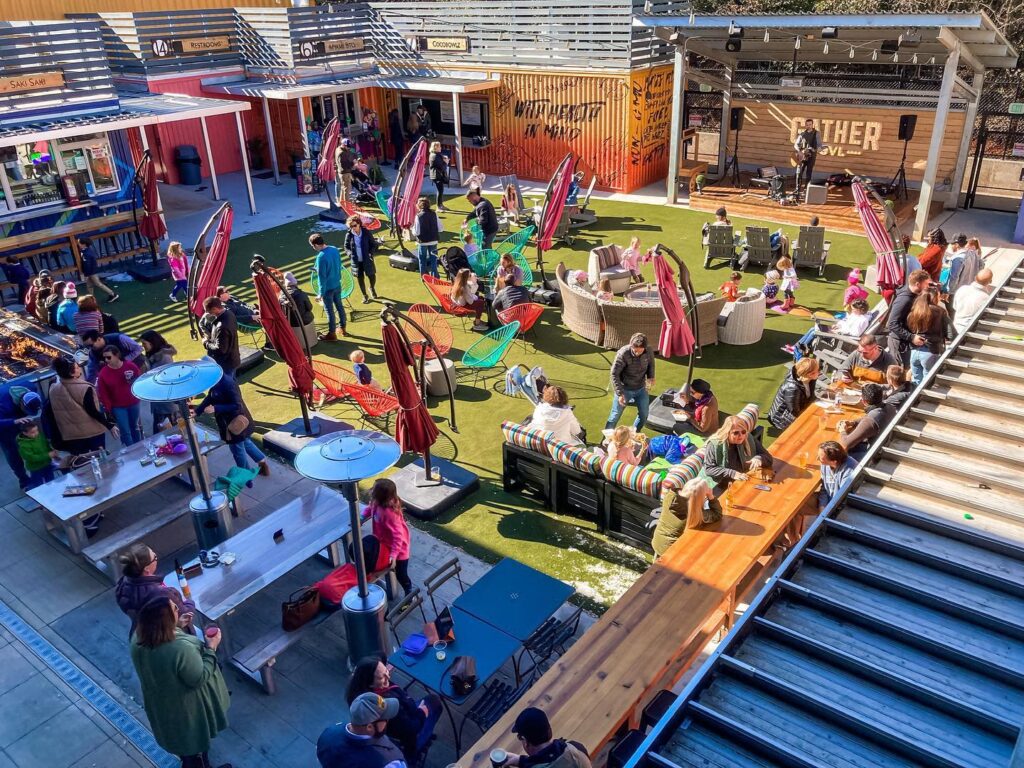
When it comes to adaptive reuse, the process of transforming an existing building for a purpose other than what it was built or designed for, motivations can range. Whether the goals are environmentally driven, resource preservation, or maintaining historic value, adaptive reuse has become a solution to some of our modern problems of the built environment.
Recently, Avison Young, a global commercial real estate firm, announced that up to 34 percent of office buildings in 14 major North American markets could be converted to something different through adaptive reuse. These 26,000 office buildings could become residential and provide housing for thousands of families. When the nationwide housing crisis is at a fever pitch, this is good news to many.
Additionally, COVID-19’s impact led to a mass exodus from office space, making it difficult for cities to maintain their dense urban core that supported the entire local ecosystem. “Adaptive reuse is an important conversation we are having around the art of the possible, to demonstrate how this potential solution contributes to placemaking and the revitalization of our neighborhoods,” said Sheila Botting, principal and president, Americas, of Avison Young.
As part of Avison Young’s study, they identified candidate buildings built before 1990 with floor plates below 15,000 square feet. New York City has the largest number of opportunities ideal for residential conversion with 1,698 properties.
Architects around the world relish the opportunity to reimagine an existing space–it’s a chance to merge creativity with challenge. Those unfamiliar with the art of adaptive reuse will immediately recognize the fad of transforming shipping containers into homes, restaurants, or other structures. (In Greenville, SC, Gather GVL is an iconic example of this repurposing of shipping containers).
Of course, not every adaptive reuse project involves this kind of level of quirk or creativity, but the end goal of creating more space for people to call home is a noble one.


